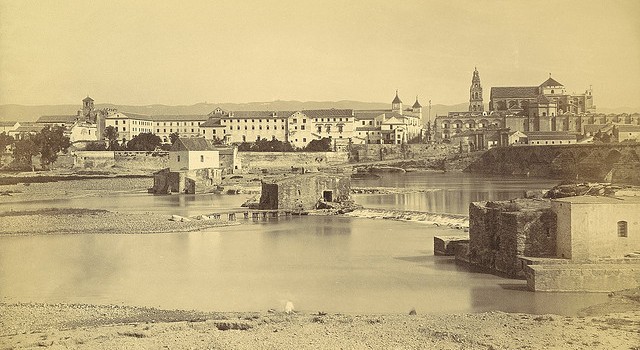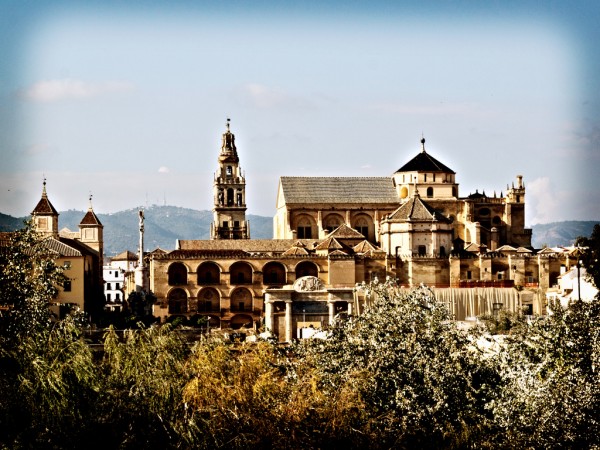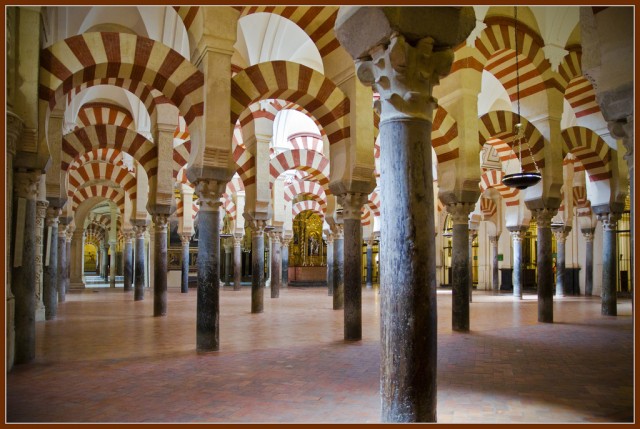 the Travel Enthusiast
the Travel Enthusiast
- 19 Mar
Adam in Amazing Places | NO COMMENTSThe Happy Periods of Cordoba
A forest of columns reminds us of the glorious past of Cordoba.
A half a century after the occupation of Andalusia by the Moors, an educated young man entered in front of a cavalry in Cordoba in the year of 756. He was Abd-er-Rahman I, the son of the last Calif Omeyyad of Damasc with Berber origins. He began the ascension of one the worlds most liberal and prosperous metropolises in the old world.
- Flights
- Hotels
- Packages
- Cars
- Cruises
travel search by Travelgrove (get this widget)Escaped from Butchery
The previous 6 years of the son of the Calif went dramatic. The Persians killed his father, along with its relatives to cease the throne. The 20 year old young man escaped from butchery, fleeing to his Berber relatives from the Atlas Mountains.
After that he went, accompanied by loyal knights, from the North of Africa to the southern part of Spain, where he killed the viceroy of Cordoba in Seville, who was in charge of an army. Of course, Abd-er-Rahman took the control of the province, creating an independent emirate, later becoming the caliphate of Andalusia. One of his father’s murderer was caught and killed, his head was sent to Bagdad, Abd-er-Rahman. Despite the external threats, he was generous and benevolent and, although an ardent and devoted Muslim, he encouraged religious tolerance.
The citizens of the city, Arabs, Berbers, Jews, and Visigoths, having many talents and professions contributed a rapid development of professions and commerce. New types of successful careers appeared. Architectural productions of the city flourished, and many agricultural ones also.
The Dilemma of Education
After the death of Abd-er-Rahman I, in 788, his descendants, the omeyyazi continued his opera, making Cordoba an economic and cultural center. The scholars discussed various subjects, both Jewish and Arabic . Medics, obsessed with dogmas, studied the human body, using dead bodies. The hospitals of the city were the most modern in those times.
In the 10th century, Cordoba had the population of about 1 million of citizens, 3 times bigger than today, having numerous palaces and mosques. The main streets were paved and illuminated during night with torches. With 113.000 houses, 80 schools and 900 public baths, lots of libraries and 80.000 workshops, the capital of Andalusia put other European capitals in shadow. “Above the West the star of the world shines, Cordoba” wrote in a poem by German sister Roswitha von Gandersheid.
The most Important place of worship was the Mezquita mosque, the biggest structure with Islamic style and influence in the west. Not to be only admired by the exterior, the interior is filled with 856 of columns, which makes you feel a tremendous harmony. And are supported by arcades.
In The Judeo-Moorish district
Not far from the mosque lies the Judeo-Moorish district called Juderia, it is filled with medieval houses with exceptionally beautiful gardens and facades. There is a Synagogue, Arabic baths and the aristocratic Palacio de Viana. On the other hand, Medina Azhara (the city of flowers) is now a ruin, it belonged to the royal palace of Abd-er-Rahman III, where 20.000 and servants lived.
The religious and spiritual freedom ended in 1236 when the obsessed and zealous catholic King Ferdinand III conquered the city.
You might also like



